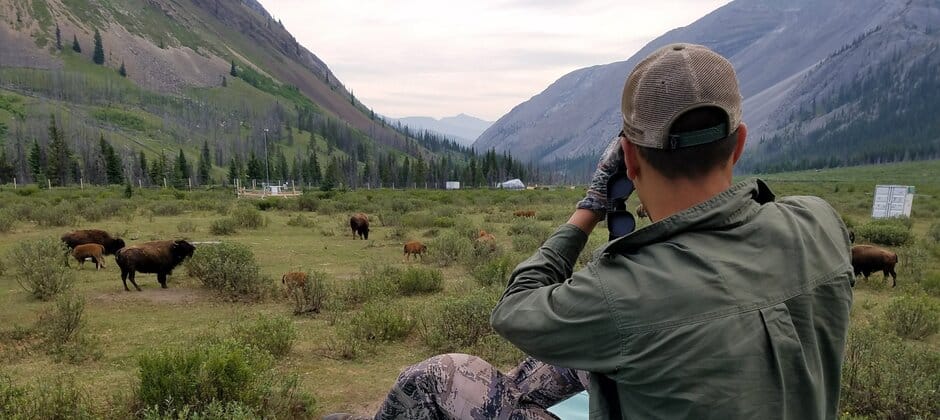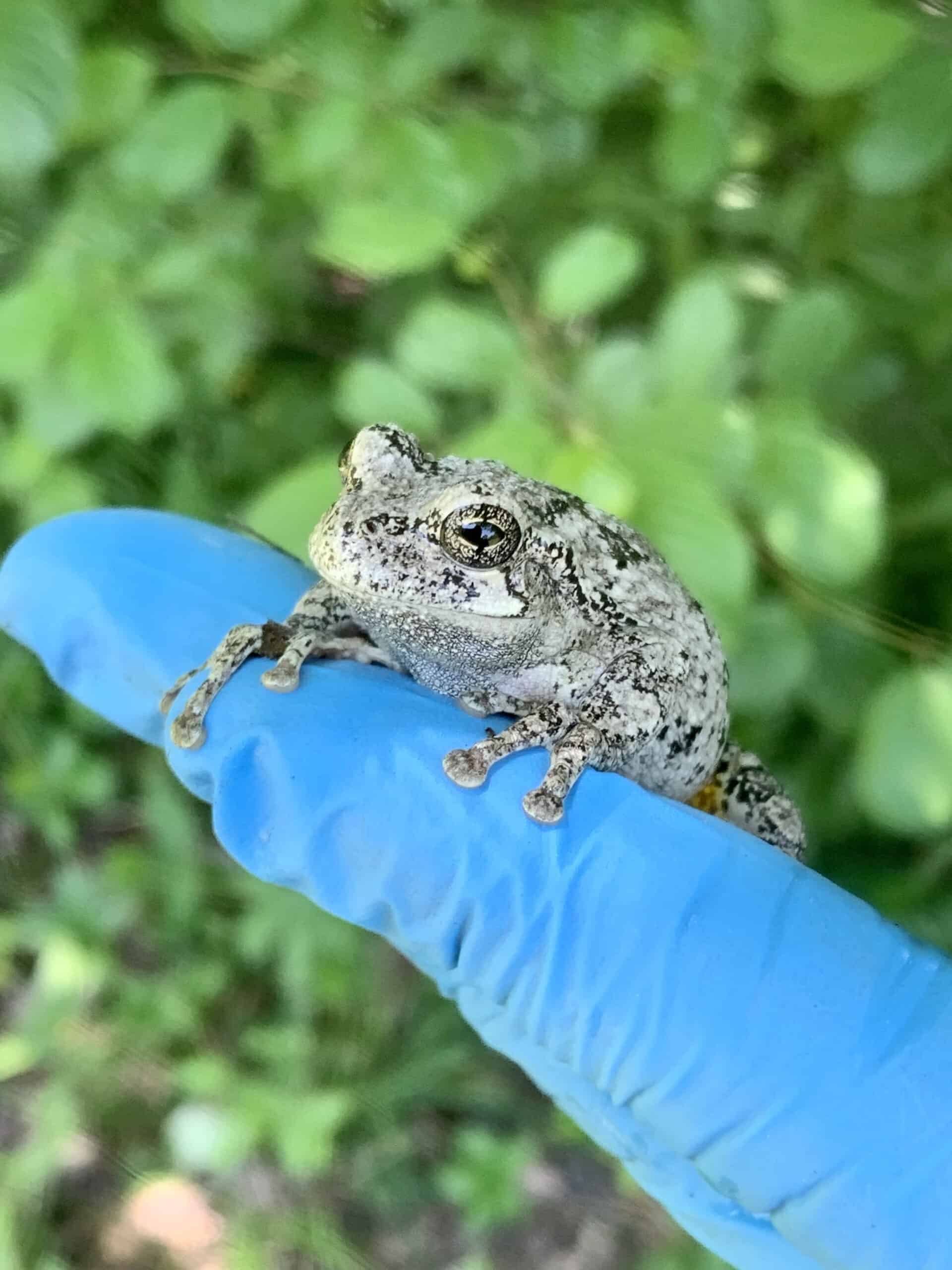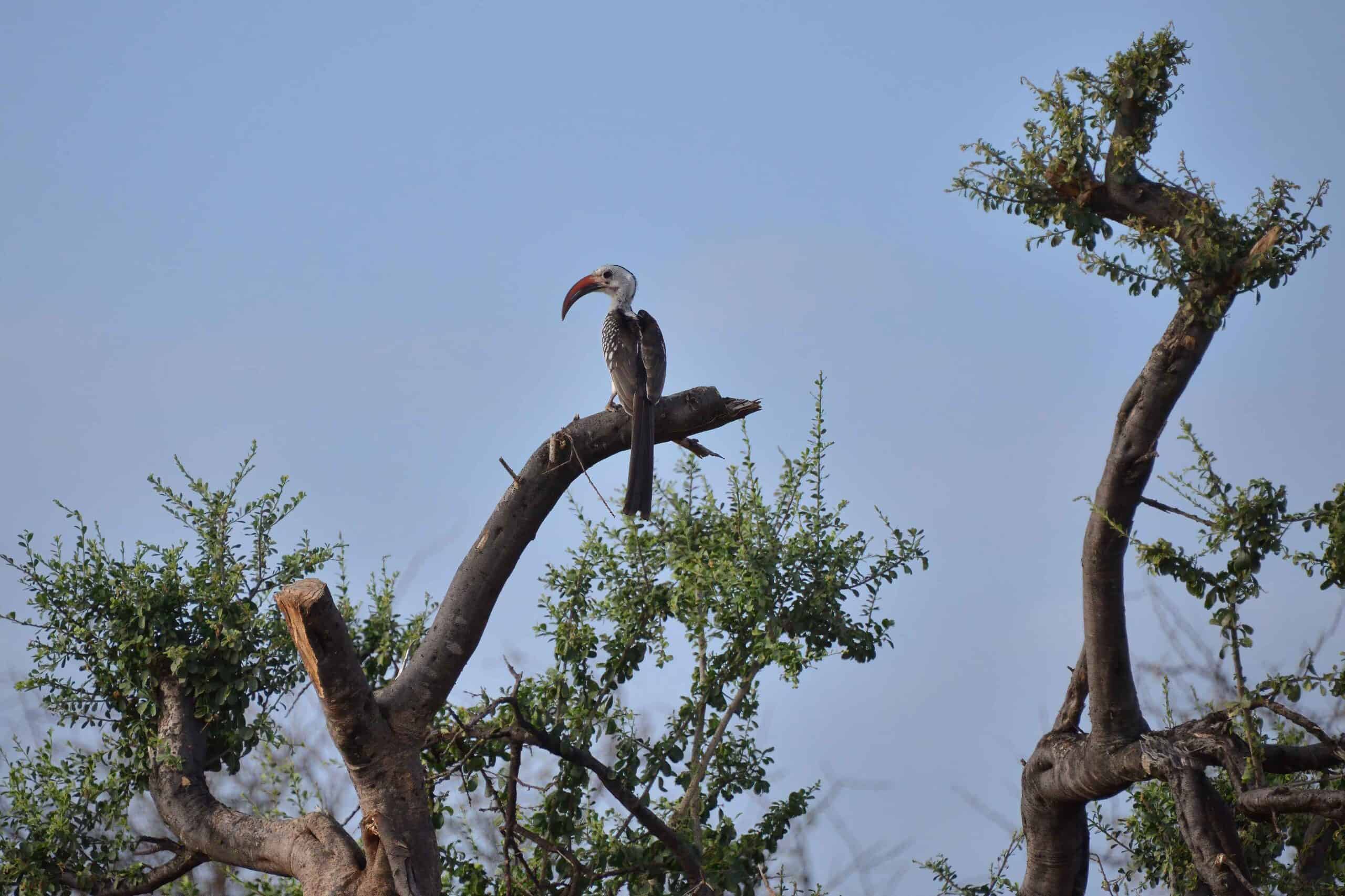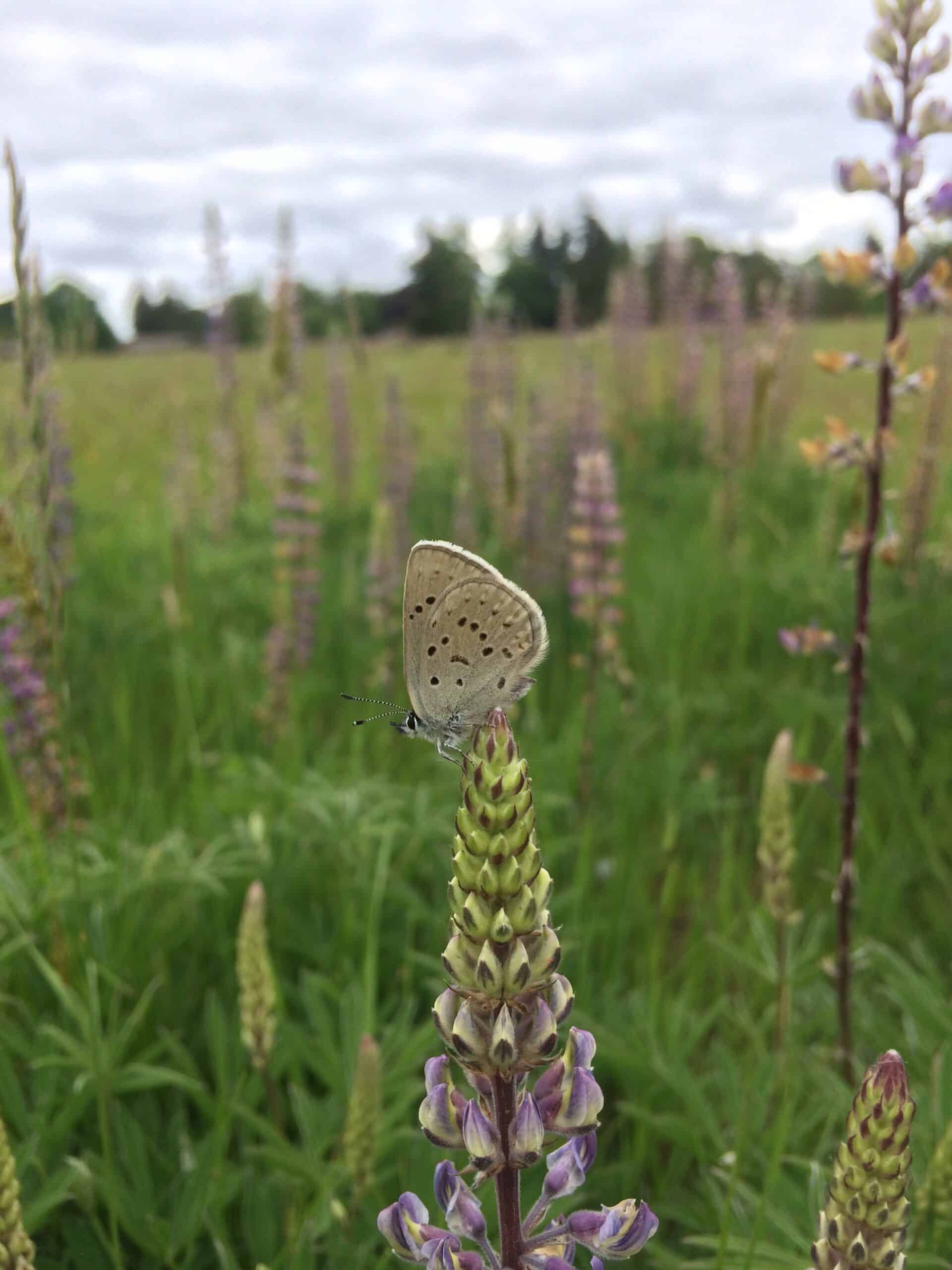Share this article
Weaving Indigenous knowledge into the North American Model
For many wildlife biologists in the United States and Canada, the approach to wildlife management is embodied by the North American Model of Wildlife Conservation—a concept that wildlife is held in trust for the public to use and enjoy. It’s a concept that grew from conservationists witnessing the impact of market hunting after European colonization. For some scientists, though, the model could be improved by better weaving in millennia of Indigenous knowledge that preceded the settlers’ arrival.
In a new perspective piece in the journal FACETS, a group of Indigenous and non-Indigenous scientists argue that wildlife agencies and biologists would benefit from a wider approach that can better coexist with widely held perspectives from Indigenous communities. The authors developed what they consider a more inclusive approach to wildlife management they call “Indigenizing the North American Model of Wildlife Conservation.” They believe the approach could reduce conflicts over land use and management that have arisen in recent decades, including hunting rights and conservation decision making.
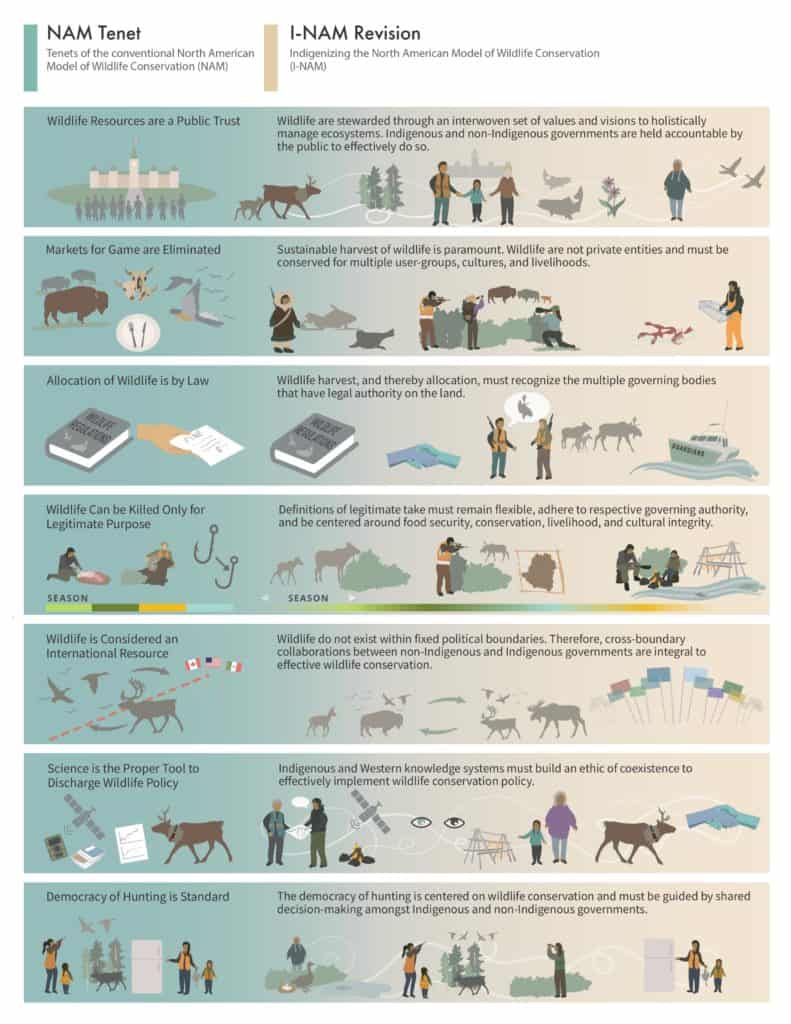
This graphic showing overlaps and revisions to the Indigenizing the North American Model. Credit: Hessami et al. 2021
“We really made the [North American Model] more holistic,” said TWS member Mateen Hessami, a master’s student studying wildlife biology at the University of British Columbia, Okanagan. Hessami belongs to the Wyandotte Nation and has been involved in TWS’ Native American Student Development Program since 2016.
The North American Model has worked well for many users over the past 100 years, Hessami said, but it’s not without shortcomings. “It’s a narrow-focused model that was really developed from the ‘good ol’ boys’ lens in the 20th and early 21st century,” he said. “There’s a colonial view that holds back the best potential of the North American Model.”
For example, while the North American Model describes wildlife as a public trust, it does not mention how Indigenous governments are included in that relationship, Hessami said. “This exclusion is problematic,” he said, “because Indigenous people have been managing and stewarding wildlife for thousands of years. Indigenous peoples’ intergenerational knowledge and growing political power to enact bold conservation policies are invaluable.”
Still, the authors find significant overlap between the model’s core conservation values and those that many Indigenous worldviews hold, such as safeguarding wildlife for future generations, using best available knowledge to solve problems and prioritizing collaboration between nations. They highlight this common ground with case studies to inform biologist and decision makers about what cooperative and Indigenous-led models of wildlife management look like and why they should be better supported and replicated.
Hessami points to a 2014 international treaty on bison (Bison bison) reintroduction to the Northern Plains and Rocky Mountains. Including 11 Indigenous groups in the U.S. and Canada, the effort is inclusive of Native American communities and in line with the North American Model’s view of wildlife as an “international resource” to be conserved cooperatively. An agreement among First Nations and the governments of British Columbia and Canada has led to a rare case of mountain caribou (Rangifer tarandus caribou) population growth in a country that has struggled to recover the species, Hessami said. “It is a blueprint for how Canada can best safeguard wildlife for future generations, use multiple knowledge systems to solve problems and do so cooperatively.”
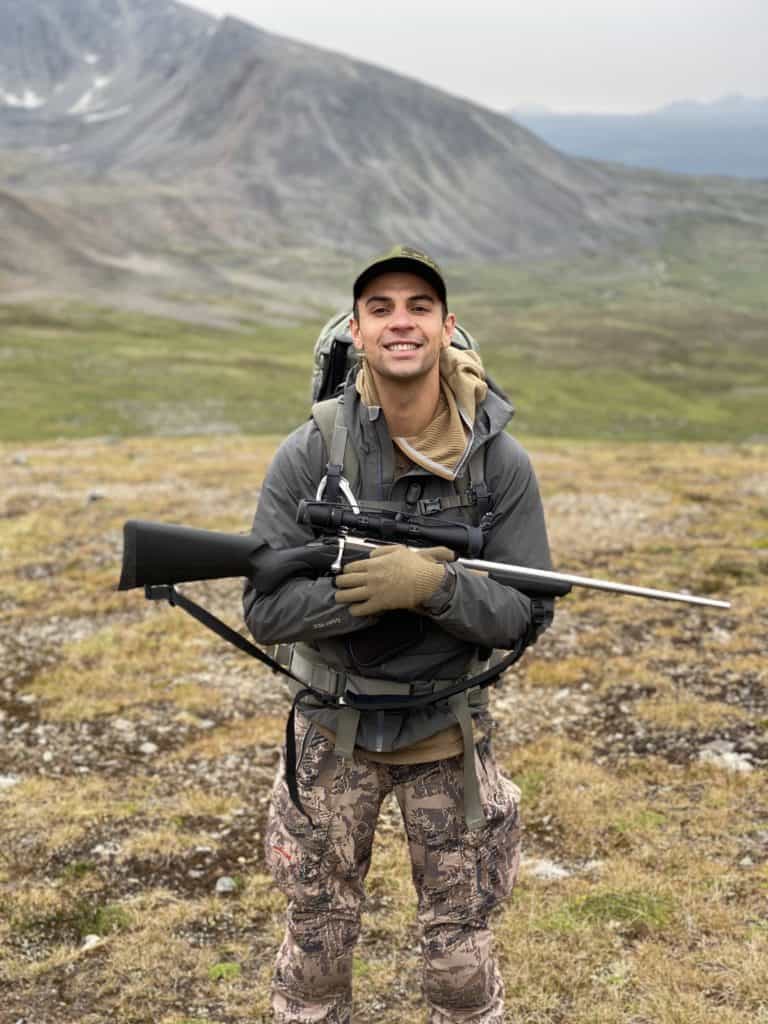
Mateen Hessami is a master’s student at the University of British Columbia, Okanagan.
Excluding Indigenous perspectives in wildlife management, however, can result in conflict, Hessami warned. “If these conflicts continue to foment and boil over, there is just going to be more of a divide,” he said, and that won’t help wildlife. Hessami points to conflicts across Canada involving Indigenous blockades against old-growth logging operations and against moose (Alces alces) sport hunting in Ontario.
Hessani and his co-authors use the term “indigenizing” in the active tense to convey that improving conservation learning and adaptation is an ongoing process. “Wildlife and reconciliation are intertwined,” he said.
Since the North American Model itself is more of a doctrine than an official rule, it’s hard to change its approach, Hessami said. But better support for Indigenous knowledge in classrooms and training programs would go a long way toward achieving an Indigenous North American Model.
“Indigenous-led conservation is resurgent across many areas of North America and likely holds the answer to resolving the biodiversity crisis we’re currently facing,” he said.
Header Image: Mateen Hessami in the field. Courtesy Mateen Hessami



